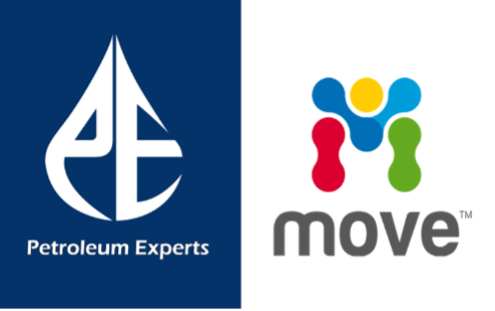A model is a representation of an idea, a process or a system that is used to describe natural phenomena that cannot be experienced directly. In the Earth Sciences one uses models because the knowledge of natural processes is often quite incomplete, but also because the knowledge can involve details of such complexity so that simplifying assumptions are necessary in order to make the problem tractable with physical or chemical theories. There exist a variety of models ranging from conceptual models (e.g. carbon cycle, mass extinctions), geometric models (e.g. geological maps and cross sections), to thermodynamic models (e.g. subduction, seismic wave propagation or surface processes). The entire range of models, from purely conceptual to physics-based models, is important for the Earth Sciences to explain, quantify and eventually predict natural processes.
Donation of MOVE Educational Licenses by "PE Limited"
PE Limited has granted 10 academic licenses of the MOVE Suite Software to the Institute of Earth Sciences, University of Lausanne, which equates to an equivalent donation of £1,928,384.01

This industry standard software package enables three-dimensional analysis and structural modeling of deformation of Earth's crust through time. The Move Suite includes the modules: Move main module, 2D and 3D kinematics modelling, geomechanical modelling, fracture modelling, fault response, fault analysis, stress analysis and modules to link to Petrel, Openworks and GST.
The MOVE Suite software granted to ISTE-UNIL is licensed exclusively for teaching, tutorials, and non-commercial research, for relevant Master and PhD courses.
For any information on the license and installation of the software, please contact Marc-Henri.Derron@unil.ch
